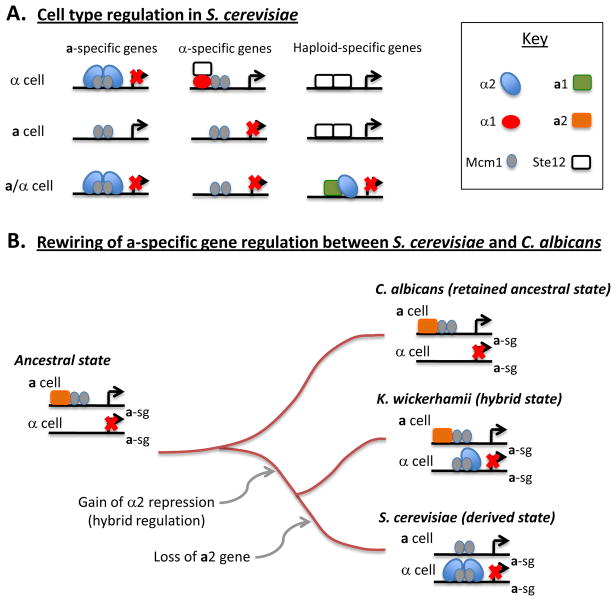Figure 1. Cell type regulation in S. cerevisiae and C. albicans.
(A) Schematics show transcription factors regulating a-specific genes, α-specific genes, and haploid-specific genes in S. cerevisiae. The transcription factors a1, α1, α2, Mcm1, and Ste12 act coordinately to regulate cell type specificity in S. cerevisiae.
(B) Rewiring of the regulation of a-specific genes (a-sg) between hemiascomycetes. The ancestral mode of regulation involves the a2 transcription factor acting in concert with Mcm1 to regulate a-specific genes. This mode of regulation has been retained in C. albicans. In some yeast lineages, expression of the a-specific genes also came under negative control of the α2 transcription factor. In S. cerevisiae, the ancestral form of regulation by a2 was lost, whereas in K. wickerhamii the hybrid form of regulation (involving both a2 and α2) has been retained.

